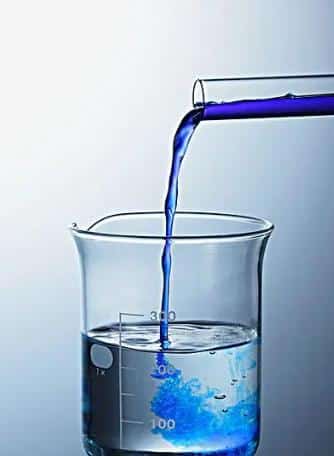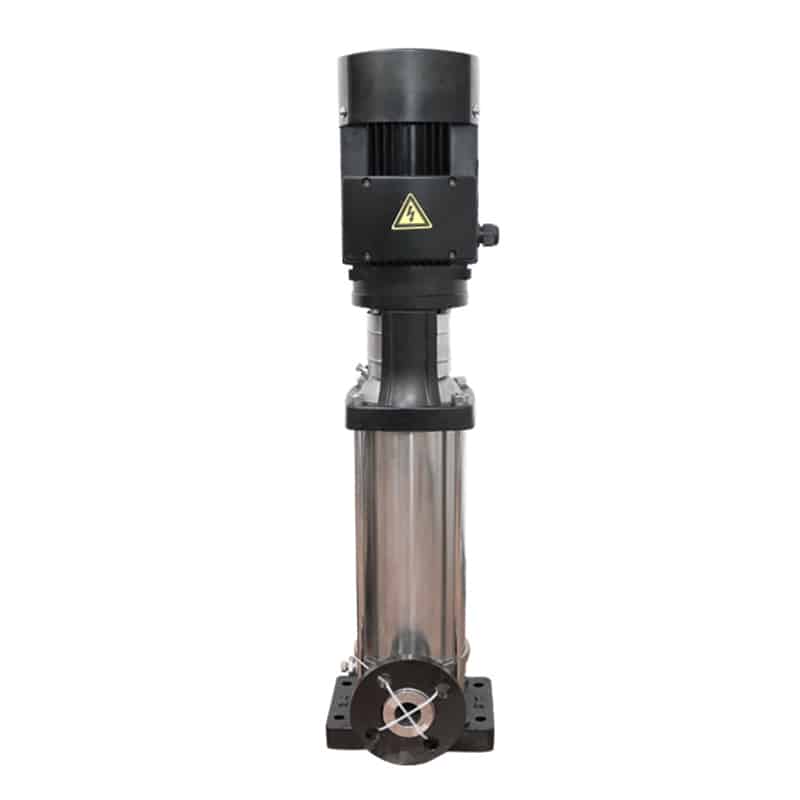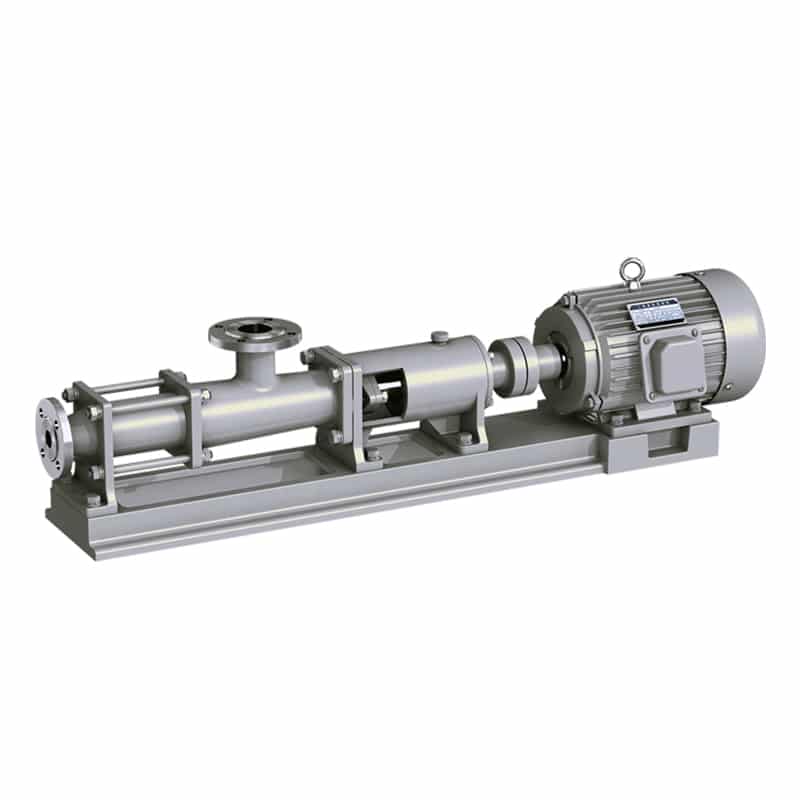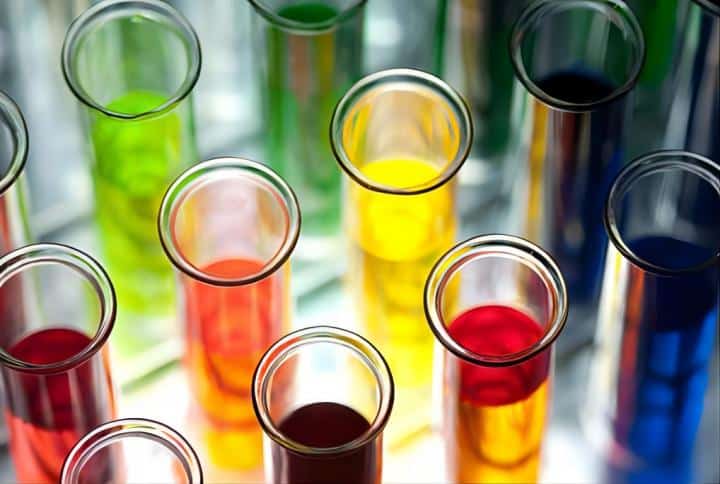Fluid VS Liquid
While a fluid is a type of fluid, fluid is a broader concept that includes both liquids and gases. Fluid mechanics typically studies the properties and behavior of fluids, whether they are liquids or gases. It is important to understand these media in order to better select the pump we need!
What is fluid?
Fluid is a state of matter, an object that undergoes continuous deformation when subjected to shear stress, has no fixed shape, and can be adapted to the shape of the container. A fluid can be a liquid or a gas, both of which belong to the category of fluids.
Main Features Of The Fluid
- Deformable: Having no fixed shape, it can be adapted to the shape of the container.
- Fluid: Having the ability to flow and adapt to external forces or pressures by creating a flow of liquid or gas.
- Incompressible: Liquids are usually incompressible within certain limits, while gases can change volume significantly when subjected to pressure changes.
- Viscosity: Fluids are viscous, i.e., they are resistant to flow. Viscosity is a property that measures the viscosity of a fluid.
- Density variation: The density of a fluid varies with temperature, pressure, and other conditions, and this manifests itself differently in liquids and gases.
- Pressure transfer: Fluids are capable of transferring pressure, i.e., when pressure applied to a fluid propagates uniformly within it.
What’s liquid?
A liquid is a state of matter characterized by a fixed volume but no fixed shape at a certain temperature and pressure. The molecules of a liquid are more densely arranged than those of a gas, but the arrangement of the molecules is still looser than that of a solid, allowing the liquid to flow.

The main features of the liquid
Fixed volume: At a given temperature and pressure, the volume of a liquid is relatively fixed, unlike a gas, which expands indefinitely.
No fixed shape: Unlike solids, liquids do not have a specific shape, but rather adapt to the shape of the container in which they are placed.
Fluidizable: Liquid molecules interact with each other with less force, making the liquid fluid able to fill the bottom of the container.
Water is the most common liquid, but substances in the liquid state also include various chemical substances such as solutions, oil, alcohol, etc. Liquids are a very important state of matter in nature and industrial production.
The difference between a fluid and a liquid
Fluid is a broader concept that encompasses both liquid and gas states. A liquid is a specific type of fluid that has a certain volume. This is mainly because fluids also contain gas-phase substances.
| Characteristics | Fluid | Liquid |
| Define | Objects that undergo continuous deformation when subjected to shear stresses | Liquids that have a certain volume but no fixed shape |
| Shape | No fixed shape | No fixed shape |
| Volume | Volume can change | Volume stays the same |
| Examples | Water, air, oil, blood | Water, oil, milk, alcohol |
Pumps Suitable For Transferring Fluids And Liquids
There are many types of pumps capable of transferring fluids and liquids, and the selection of the appropriate pump depends on the nature of the fluid or liquid, the operating conditions, and the specific application. The following are some of the common types of pumps that can typically convey a wide range of fluids and liquids:
- Centrifugal ump: It is suitable for transferring liquids such as water, corrosive chemicals, etc.. It relies on centrifugal force for suction and discharge through a rotating impeller.
- Gear pump: Suitable for conveying liquids with high viscosity, such as syrup, grease, etc.. It transports liquids by meshing between two gears.
- Screw pump: Suitable for conveying high viscosity liquids, such as petroleum, chemical products, etc.. It pushes the liquid through the rotation of the screw.
- Plunger pump: Suitable for high-pressure applications, it can transfer a variety of liquids, such as chemicals, cleaning solutions and so on. It pushes the liquid through the reciprocating motion of the plunger.
- Diaphragm pump : Suitable for conveying a variety of liquids, including liquids with suspended solids. It pushes the liquid through the up and down movement of the diaphragm.
- Vortex pump: Suitable for conveying liquids containing particles, such as sewage and sludge. It pushes the liquid through the vortex generated by the turbine.
- Plunger Diaphragm Pump: Combining the advantages of a plunger pump and a diaphragm pump, it is suitable for high pressure and demanding transfer liquids.



Please note that different types of pumps are suitable for different application scenarios, and the specific selection should be based on engineering requirements and fluid characteristics.
Why is the pump head not suitable for any fluid?
Pump head is usually the pressure measured at the outlet of the pump. Pump heads are not suitable for any fluid, but depend on the pump design and operating conditions.
- Viscosity differences: Different fluids have different viscosities, i.e. they have different degrees of stickiness. Some pumps may be better suited to handle high viscosity fluids, while others are better suited to lower viscosity fluids.
- Fluid properties: Pumps are often designed with the particular type of fluid being handled in mind. For example, some pumps may be better suited to handle water, while others are designed for chemical or corrosive fluids.
- Operating conditions: Pump heads are also affected by operating conditions, such as temperature and pressure. Some pumps may not be able to operate in extreme operating conditions.
- Material compatibility: The material of the pump is also a consideration. Some pump parts may have better corrosion resistance to specific fluids.
How to maintain a pump that conveys media?
Maintaining a pump that conveys media is an important step in ensuring the efficient operation of a pump system.
- Check the appearance of the pump periodically: Inspect the pump housing and connecting parts to ensure that there are no cracks, corrosion, or other damage.
- Check the sealing system: The pump sealing system is essential to prevent leakage.
- Lubrication System: Check the lubrication system periodically to ensure that the pump coupling and seals are adequately lubricated.
- Clean the filter: If there is a filter in the system, clean or replace it periodically. This helps prevent particles from entering the pump and reduces the load on the pump.
- Monitor Vibration: Monitor the pump’s vibration level regularly. Abnormal vibration may indicate bearing problems or other mechanical failures.
- Check the motor and drive system: If the pump is driven by an electric motor, periodically check the pump motor operating condition.
- Maintain cleanliness: Keep the pump and its surroundings clean. Preventing dust, debris, etc. from entering the pump system reduces the risk of pump failure.
- Periodic cleaning of the system: Depending on the characteristics of the medium to be conveyed, periodically clean the system to prevent problems such as deposits, scaling, etc. from affecting the pump’s performance.
Summary
When selecting the right pump, understanding the nature of the fluid to be handled is essential to ensure that the pump operates efficiently. Different pumps are suitable for fluids of different properties, and liquids and gases have different characteristics and requirements in the conveying process.
OBL as a specialist in fluid pumps, we offer magnetic drive pump, filter press feed pump, chemical pump, diaphragm pump spare parts, please contact us for your solution.

